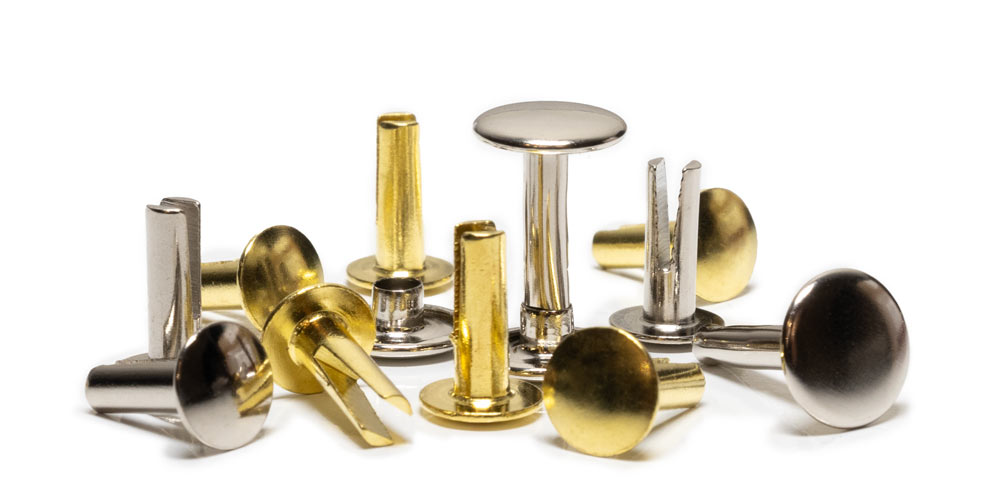Cymbal Sizzlers & Rivets
Here you can see all the cymbal sizzlers and rivets at CymbalONE.
Below, you can see all the different solutions we offer when it comes to cymbal rivets and different kinds of sizzlers.

Why Cymbal Rivets?
Cymbal rivets are beloved by many for their delicate, soft, and "buzzing" decay. Often, the sound of cymbal rivets is associated with jazz music, but they have gradually found their way into many other genres as well.
Cymbal rivets provide your cymbals with a long and smooth "sizzzzzzzzzz" decay. Typically, you'll see cymbal rivets on thinner ride or crash cymbals. However, other types of cymbals can also benefit from them - such as hi-hats.
The progression of the sound is usually such that when the cymbal is fading out to the point where you wouldn't be able to hear it anymore while the music is playing, the cymbal rivets make the cymbal audible. In other words, you can hear the cymbal's decay more distinctly - and for a longer duration. Additionally, the decay might also be perceived as slightly more even.
Types of Cymbal Rivets
Cymbal rivets are available in various variations. At CymbalONE, you can purchase the following types of rivets:
Split Rivets
Split rivets are installed by inserting the rivet through the pre-drilled hole and then bending the legs at the bottom of the rivet. This is done to allow the rivet to move as much as possible without falling out of the cymbal.
Double Rivets / Compression Rivets
A double rivet consists of two parts. A long part (the actual rivet) is inserted through the pre-drilled hole, and a closing part - let's call it the "button". It functions as a fastening mechanism from the other side of the cymbal, and when the two parts are clicked together, your attachment is secured.
How Do I Install My Rivets?
First and foremost, you'll need to consider whether you're comfortable installing the rivets yourself. In the video below, you gain a better understanding of the workflow in such a project.
You can also watch the video below to get a better understanding of the workflow in a project like this – especially when it comes to drilling holes. In the video, a different type of rivets is used, which are permanently closed on the backside, whereas the rivets you can purchase here are easier to remove if needed.
Note: Split rivets can also be “closed” a bit further down using two pliers. This allows the rivet to move slightly more up and down.
The History of Cymbal Rivets
The use of rivets in cymbals dates back to the early days of jazz, where they were employed to add a unique decay to the cymbal sound. Many drummers in the jazz world experimented with various ways of incorporating rivets into their cymbals to achieve the desired sonic effect.
One of the earliest known drummers to use rivets was Elvin Jones, who played with John Coltrane in the 1960s. He is often mentioned as a pioneer in the utilization of cymbal rivets and played a role in popularizing the concept.

